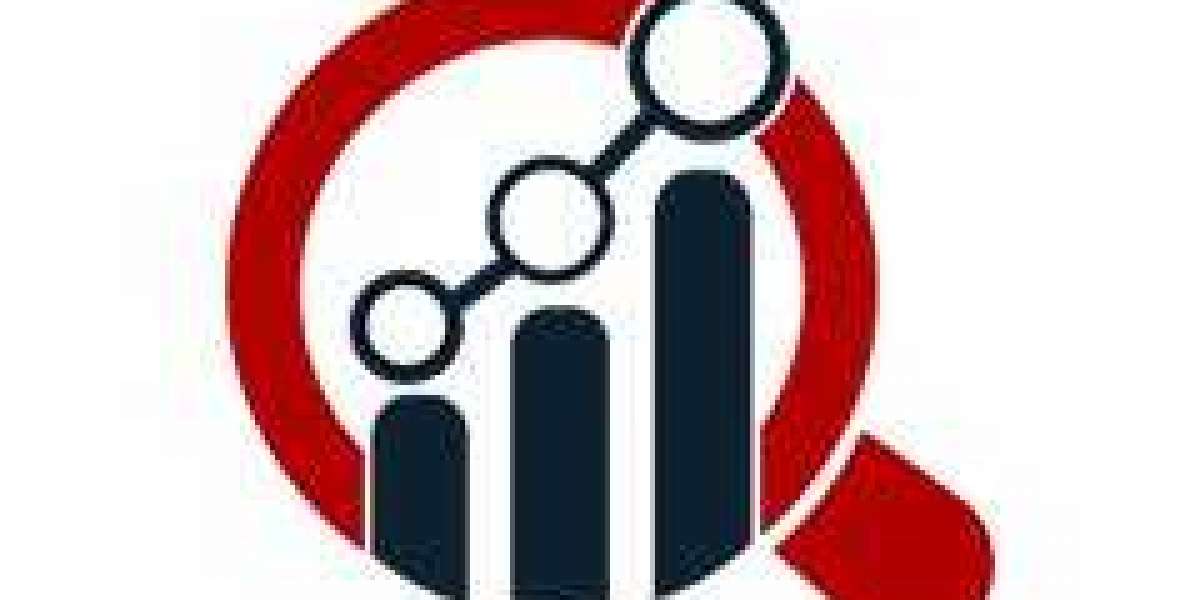Sleep Apnea Devices Transform in 2025: CPAP Alternatives, Smart Wearables, and AI Redefine Treatment
The sleep apnea device market is undergoing a significant transformation in 2025, moving beyond traditional CPAP machines to embrace a wider array of innovative, patient-friendly, and technologically advanced solutions. Driven by increasing awareness of sleep disorders, rising obesity rates, and a strong demand for more comfortable and effective treatments, the sector is experiencing robust growth, particularly in emerging markets like India.
Market Momentum Driven by Unmet Needs and Awareness
- Growing Prevalence of Sleep Apnea: Obstructive Sleep Apnea (OSA), often linked to rising obesity and lifestyle diseases, affects a staggering number of people globally. In India alone, over 90 million are estimated to have the condition, yet only a small fraction are diagnosed.
- Increased Awareness and Diagnosis: Public health campaigns and screening programs are improving diagnosis rates, leading to more patients seeking treatment.
- Demand for Alternatives: Many patients struggle with CPAP adherence due to discomfort, noise, or bulkiness, driving the demand for more appealing alternatives. Nearly 50% of CPAP users discontinue therapy within the first year.
Beyond CPAP: A Diverse Landscape of Therapeutic Devices
While CPAP remains a cornerstone, 2025 highlights a diversification of therapeutic options:
- Emerging Implantable Devices: Hypoglossal nerve stimulation (HNS) devices, pioneered by companies like Inspire Medical Systems, are revolutionizing OSA treatment for CPAP-intolerant patients. The Inspire V neurostimulator, approved by the FDA, offers a discreet, user-friendly, and effective mask-free alternative by stimulating tongue movement to prevent airway obstruction. A soft launch for this device began in late 2024, with a full release planned for 2025, boasting shorter surgical times.
- Oral Appliance Therapy (OAT): Oral appliances are gaining significant popularity as a comfortable, quiet, and portable alternative for mild to moderate sleep apnea. Custom-made devices, such as Mandibular Advancement Devices (MADs) and Tongue-Retaining Devices (TRDs), are being increasingly prescribed by dentists specializing in sleep medicine. Vivos Therapeutics, for instance, received FDA clearance in late 2023 for its CARE oral appliances to treat severe OSA, marking a significant milestone.
- Next-Gen CPAP and BiPAP: Leading manufacturers like ResMed and Philips are continuously innovating their Positive Airway Pressure (PAP) devices. Newer models, such as Oxymed's SleepEasy Auto CPAP and ResMed's AirCurve 11, incorporate advanced algorithms, smart connectivity (allowing remote monitoring by physicians), integrated humidifiers, and compact designs to enhance comfort and compliance.
The Rise of Smart Diagnostics and Monitoring
Technological advancements are also transforming the diagnostic landscape:
- Home Sleep Apnea Tests (HSAT): The demand for home-based diagnostics is surging, offering convenience and accessibility compared to traditional in-lab polysomnography.
- Wearable Devices: Smartwatches (e.g., Apple Watch Series 9 and newer, Samsung Galaxy Watch 7 and newer) and other medical-grade wearables are increasingly being FDA-approved to accurately track breathing interruptions and estimate sleep apnea risk using advanced accelerometers and biometric monitoring (heart rate, blood oxygen levels). While not yet diagnostic tools, they provide valuable data for early detection and ongoing monitoring. New wearable pulse oximeters, cleared for medical use, are also showing promise for continuous OSA monitoring.
- AI-Driven Solutions: AI is enhancing sleep tracking, biometric monitoring, and real-time adjustments in smart anti-snoring devices and CPAP machines, personalizing therapy and improving patient outcomes.
India's Growing Market and Telemedicine Integration
India's sleep apnea devices market is experiencing significant growth, projected to reach USD 459.13 million by 2033 from USD 277.83 million in 2024.
- Telemedicine Adoption: The integration of telemedicine and remote monitoring solutions is making diagnosis and treatment more accessible, with digital healthcare platforms playing a crucial role. Cloud-based CPAP machines, for example, allow physicians to monitor patient compliance and remotely modify therapy settings, potentially decreasing hospital visits.
- Affordable Options: Indian manufacturers like Oxymed are introducing competitive and affordable CPAP devices, making treatment more accessible to a wider population.
Challenges and Future Outlook
Despite the innovations, challenges persist, including the high cost of advanced devices (especially without sufficient insurance), the need for continued patient adherence, and the ongoing push for greater awareness. However, with continuous research and development, particularly in non-CPAP alternatives and smart monitoring, the sleep apnea device








